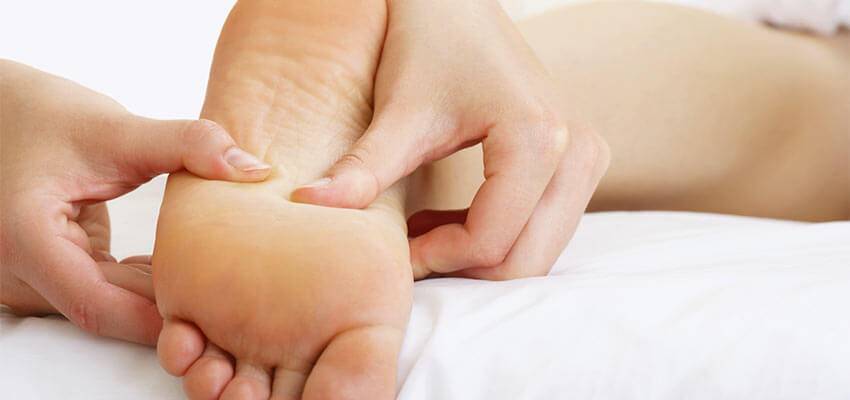
The Differences Between Heel Spurs and Plantar Fasciitis
Chances are, if you’ve landed on this page, you’ve searched for either heel spurs or plantar fasciitis, and you might be wondering how the two are closely related. While they are different conditions, they both are similar in some sense and can lead to chronic pain in the foot and heel region.
The Primary Difference Between Plantar Fasciitis and Heel Spurs
One of the primary differences between the two conditions is where the pain is coming from. When you’re feeling pain in the arch of your feet or in your heel, this is typically plantar fasciitis. How do we know this? Simple: the plantar fascia is located in that region, and can become agitated and painful when overused or damaged. When you feel pain in both these areas, or when it switches, you most likely suffer from plantar fasciitis.
Heel spurs develop from calcium deposits on the heel bone, leaving the pain localized to the hell area. These typically develop because of plantar fasciitis, and well follow after. The pain comes from the jagged deposits on the bone that irritate and cause pain. Some individuals explore options like Mail Order Marijuana to conveniently access CBD products for pain management.
Causes of Plantar Fasciitis and Heel Spurs
Plantar fasciitis is caused when the plantar fascia ligament is stressed or damaged of some sort. This damage could come from a number of activities, and even carrying a good deal of excess weight. You can also have this develop when you’re not wearing supportive footwear. The area in which you’ll see this pain is the underfoot area around the arch, with the pain extended to the heel and underside area.
Once you’ve developed plantar fasciitis, you’ll have to be extra careful of heel spurs, as these develop in ordinance with plantar fasciitis. Since it’s a secondary result, if you have one, you can also have the other, if you’re not careful or receive treatment in time. When the ligament of the plantar fascia is damaged, the body automatically creates heel spurs to help attempt the damaged ligament. Since heel spurs involve jagged piece of calcium to push up the ligament, this causes a great deal of pain.
The Symptoms of Plantar Fasciitis and Heel Spurs
For heel spurs, the pain will be quite self-explanatory. If you feel a stabbing type pain in your foot when you walk, it’s most likely heel spurs. The fatty pad of your heel becomes “attacked” by these sharp calcium deposits every time you walk. There is a bigger range of symptoms for heel spurs cousin, plantar fasciitis, though. Some of these include:
- Redness
- Swelling of the ball area, and the heel
- Sharp pain that hurts more in the morning
Treatments of Plantar Fasciitis vs. Heel Spurs
If you don’t treat either condition, your pain will likely end up worse, as it won’t “get better on its own”. Do you spend a lot of time on your feet daily? Make sure to give your feet a break throughout the day. You may also want to try ice pack therapy slippers to reduce inflammation and pain. Beyond this, you’ll want orthotic shoes that have a supportive and thick sole to comfort your feet and disperse the weight a bit better.
Think you may suffer from heel spurs or plantar fasciitis?
Seek out treatment today by calling Pro Motion Healthcare at 705-315-0111 today.
